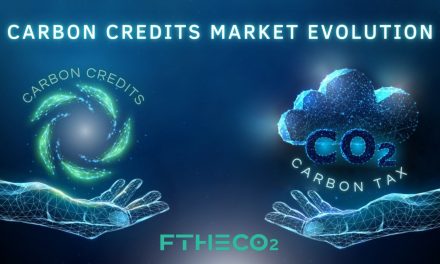Blockchain: A Beacon of Cyber Resilience in Modern Banking
Blockchain technology is emerging as a vanguard in the realm of data security, aiming to eradicate human errors—one of the principal conduits for data breaches. This innovative technology is swiftly permeating diverse industry verticals, ensuring transactions are immutable and impenetrable.
Integrating Blockchain: A Financial Revolution
Blockchain, in its essence, is a decentralized technology that employs a ledger-based system to chronicle data and orchestrate transactions across a myriad of computers within networks. Its uniqueness resides in its capability to secure any digital asset and execute transactions. Contrary to conventional banking paradigms, blockchain assures the perpetual security of data, eliminating the necessity for intermediaries.
This piece delineates how the financial sector is harnessing the myriad applications of blockchain, highlighting its myriad benefits, cybersecurity ramifications, and the forthcoming innovations.
Evolving Banking Paradigms
Blockchain is poised to orchestrate a paradigm shift in banking, modernizing conventional banking processes with more secure, transparent, efficient, and economical approaches. It is swiftly transforming the manner in which consumers interact with financial institutions.
Transforming International Transfers: Blockchain mitigates operational and counterparty risks inherent in capital markets and expedites the trade of digitized and tokenized financial products and assets. This fosters global inclusivity and liquidity while diminishing capital costs (Consensys, 2023).
Enhanced Security through Audit Trails: It augments the security of transactions by maintaining comprehensive audit trails and securing networks with thousands of ledgers, making unauthorized data alterations nearly impossible.
Customer and Institutional Cost Efficiency: By automating various facets of transactions, blockchain optimizes productivity and reduces susceptibility to cyber threats, thus minimizing overheads and extraneous expenses attributed to traditional paperwork.
Ensuring Compliance and Governance: Standardizing and automating compliance, blockchain enables real-time simplification of financial operations, adherence to regulatory mandates, and swift transaction verification.
Safeguarding Communications and Infrastructures: Blockchain encrypts communications, preventing unauthorized data tampering, identity impersonation, and safeguarding cyber-physical infrastructures and digital interactions.
A Vision of Cyber Fortification
The intrinsic attributes of blockchain such as decentralization and unique digital fingerprints bolster cybersecurity, especially with rising cyber threats plaguing the financial realm. Organizations, by focusing on network-level cybersecurity and leveraging blockchain’s advantages, can substantially mitigate security gaps.
Regulatory entities, including the UK’s FCA and the U.S. SEC, have been assessing blockchain’s inherent risks and merits, formulating respective policies and blocking blockchain-based ETFs. Nevertheless, blockchain continues to combat identity fraud and money laundering by automating and standardizing transactions, thus saving billions for traditional banks.
Blockchain, with its immutable ledgers and consensus mechanisms, enhances the resilience and integrity of financial systems, making corruption exceptionally challenging. It renders additional security layers, especially when hosted on the cloud, ameliorating an organization’s overall cybersecurity stance against burgeoning threats.
Looking Toward the Future
The impending era is witnessing entities like SWIFT collaborating with global banks to elevate cross-border payments experience by incorporating blockchain technologies. This incorporation is already marking significant advancements, particularly in compliance assurance and resolution of banking-related inquiries.
The momentum of blockchain-based payment solutions is in crescendo, and the industry is observing the proliferation of “tokenization” experiments for secure transactions and universal customer identification. The potential of blockchain to verify firmware updates and patches and to manage intricate reconciliation activities heralds an era of increased access to banking services, especially for the unbanked population worldwide (Baig, 2023).
Concluding Thoughts
While blockchain stands as a promising harbinger of change in modern banking, its journey is fraught with challenges and uncertainties regarding government approval and implementation woes. Nonetheless, the relentless surge in its adoption symbolizes a promising future, poised to refine asset security and payment dynamics for organizations globally.





